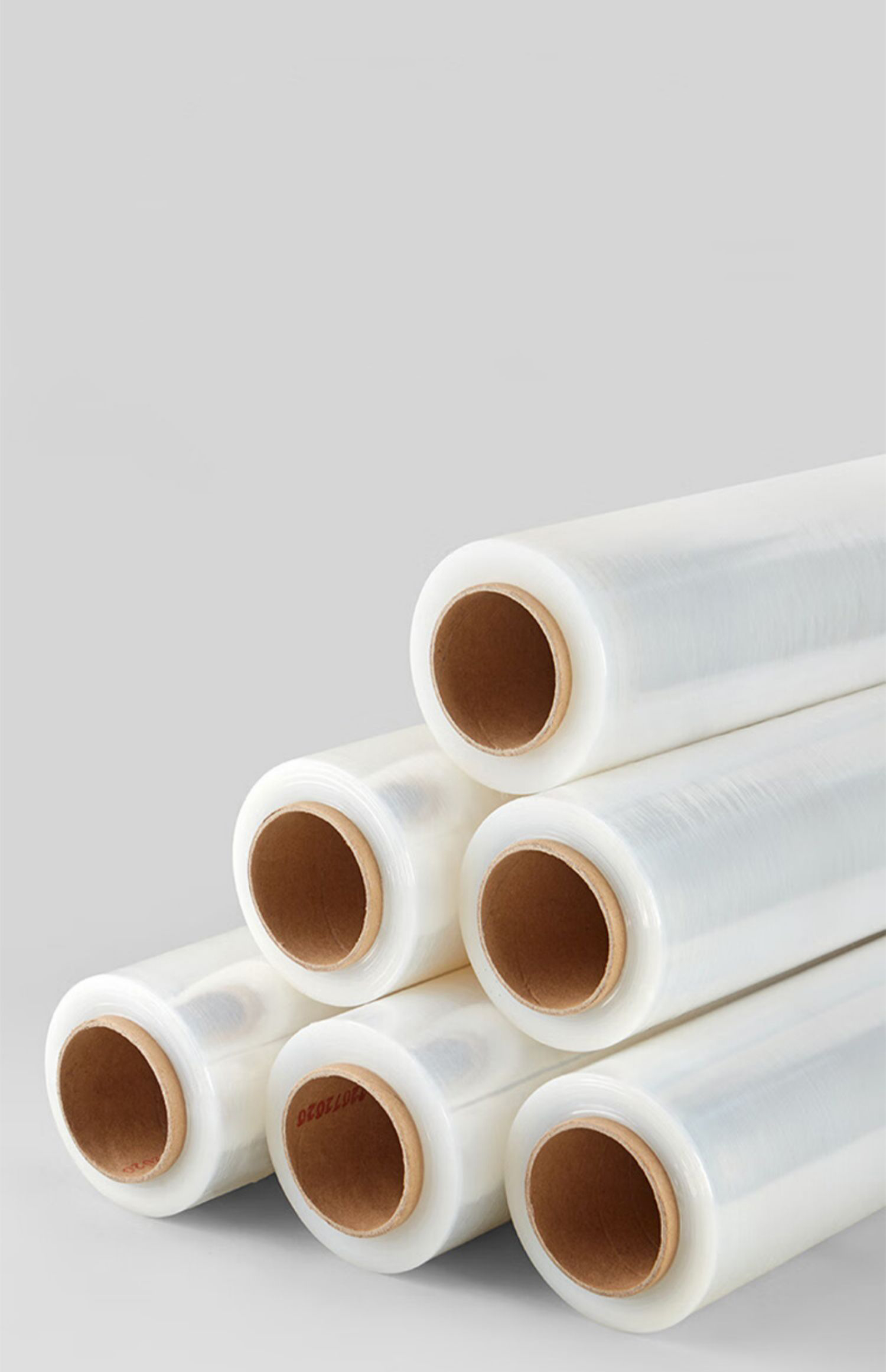What is Blown Film and application?
Blown film is a plastics processing method, that refers to the plastic particles heated and melted and then blown into a film of a plastics processing technology, usually using the polymer extrusion molding tubular film billet, in a better state of melt flow through the high-pressure air will be blown to the required thickness of the tube film, after cooling and shaping to become a film.
Polyethylene (PE) is predominantly used in blown film processing, with general-purpose LDPE or LLDPE commonly available. HDPE film grades, known for superior stretchability and impermeability, find application in merchandise bags, grocery bags, and food packaging. Blown film processing can be carried out through normal blown film or flat extrusion methods.
Blown film materials have a wide range of applications in the packaging industry, including:
Food Packaging: Blown film can be produced for food packaging to provide freshness, moisture, and oxygen protection to ensure food quality and safety.
Commodity Packaging: Transparency and flexibility make blown film the ideal choice for commodity packaging, showcasing the appearance and character of the commodity.
Medical: In the medical industry, blown film is used for medical packaging, operating room supplies, and other applications that meet high hygiene standards.
Due to its extensive applications, particularly in food and medical packaging, producing high-quality plastic film presents a significant challenge. One of the key factors influencing the acceptance of packaging is odor, alongside other functional requirements. However, mitigating plastic film odor poses a considerable challenge. Typically, the odor arises after the film processing is completed, and several factors contribute to its occurrence:
1. The odor is inherent to the resin raw material.
2 . Excessive extrusion temperature causes resin decomposition and odor production.
3. Inadequate cooling of the film bubble, resulting in retention of hot air.
4. Precipitation of traditional film slip agents leads to odor generation.
To mitigate these challenges, the following solutions for Plastic Film Odor Management:
1. Replacement of the resin raw material.
2. Adjustment of extrusion temperature.
3. Enhancement of cooling efficiency to ensure thorough film bubble cooling.
4. Addition of SILIKE SILIMER non-precipitating film slip agent, which offers a stable friction coefficient, odor-free performance, and compatibility with composite heat sealing and printing processes.
The stability and efficiency of the SILIKE SILIMER series non-precipitating slip agent have made it widely used across various industries, including plastic film production and food and pharmaceutical packaging materials manufacturing. Offering reliable and safe product solutions, SILIKE SILIMER series non-precipitating slip agent ensures superior film quality with reduced defects and enhanced performance.
Hey there! Looking for an Strategies for Eliminating Plastic Film Odor and Resolving the Issue in Plastic Film Production?please reach out to SILIKE at Tel: +86-28-83625089 or +86-15108280799, or via email: amy.wang@silike.cn
Post time: Apr-10-2024






